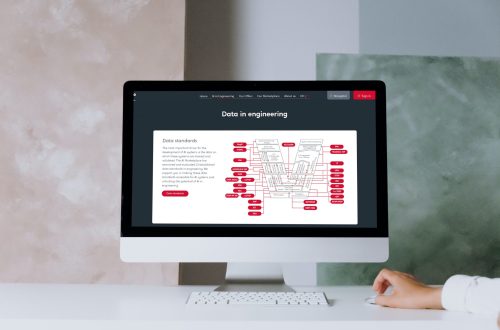Categorizing supplier feedback with AI
How can I quickly and easily find out whether suppliers are having problems with my requirements? Manual comparison of feedback is time-consuming. Artificial Intelligence can help to categorize the feedback automatically.
Natural Language Processing (NLP) techniques such as Sentence Embeddings and Named Entity Recognition can be used to read supplier feedback. Thanks to Sentence Embeddings, whole sentences and their semantic information can be represented as vectors. Unlike Word Embedding, the algorithm can understand the context and intent of the sentence. Sentence Embedding is the collective name for a number of NLP techniques. Named entity recognition (NER) method aims to find named entities (such as names of people, organizations, dates) in texts and classify them into predefined categories.
Subsequently, classification algorithms such as Sentiment Analysis and Probabilistic Classification can be used to classify the comments. Sentiment Analysis is a subarea of text mining. In analysis, texts are evaluated with the goal of classifying statements in the texts as positive or negative. In machine learning, a probabilistic classifier (Probabilistic Classification) is a classifier that is able to predict a probability distribution over a set of classes given an observation, rather than just outputting the most likely class to which the observation should belong. If the supplier feedback is handwritten or scanned, Computer Vision can help. This method is for extracting information from visual data. Computer Vision is based on our human eye and can capture, process and analyze images.
This is how your company benefits
The automated categorization of the feedback promises to improve the end product, as the feedback can be compared more quickly and clearly and processed in a more targeted manner. In addition, the data and document quality in the company is increased. The effort required to introduce AI methods is considered low. The main focus is on employee competence. Suppliers must express themselves in a machine-readable way. The company must be able to react to the categories created by AI.













 Let us show you interesting and helpful content in the quickest way possible.
Let us show you interesting and helpful content in the quickest way possible.